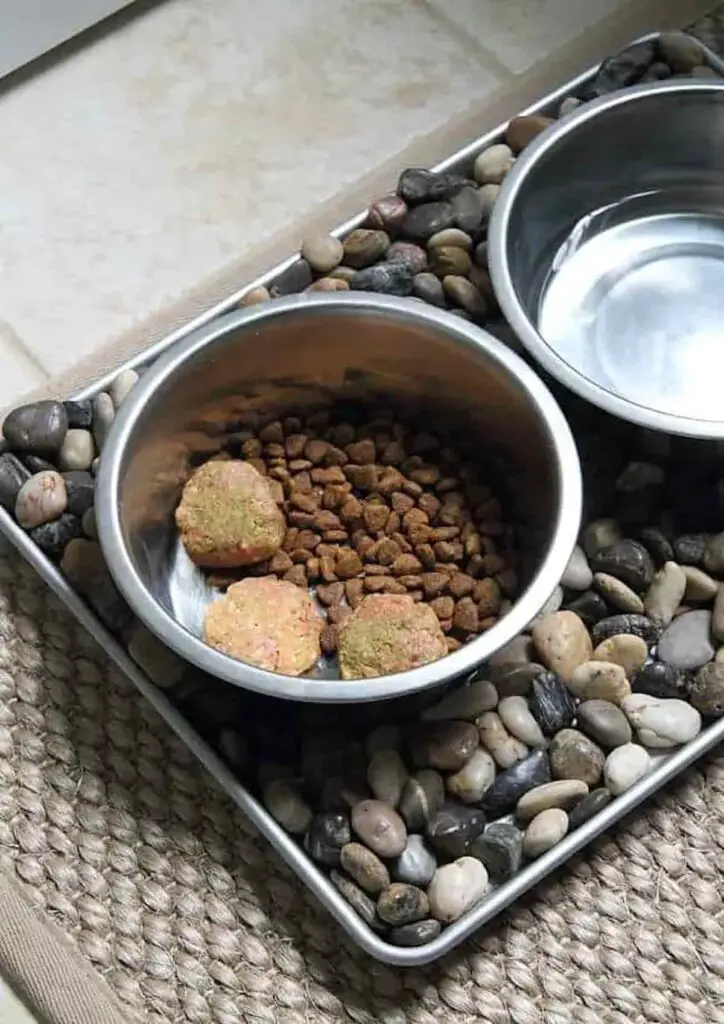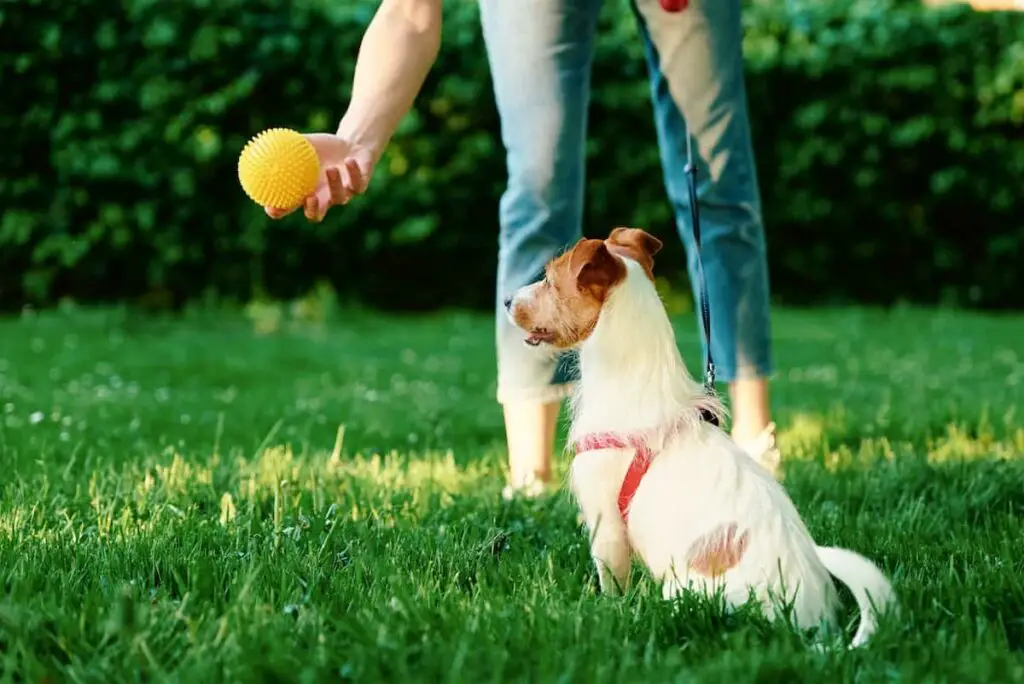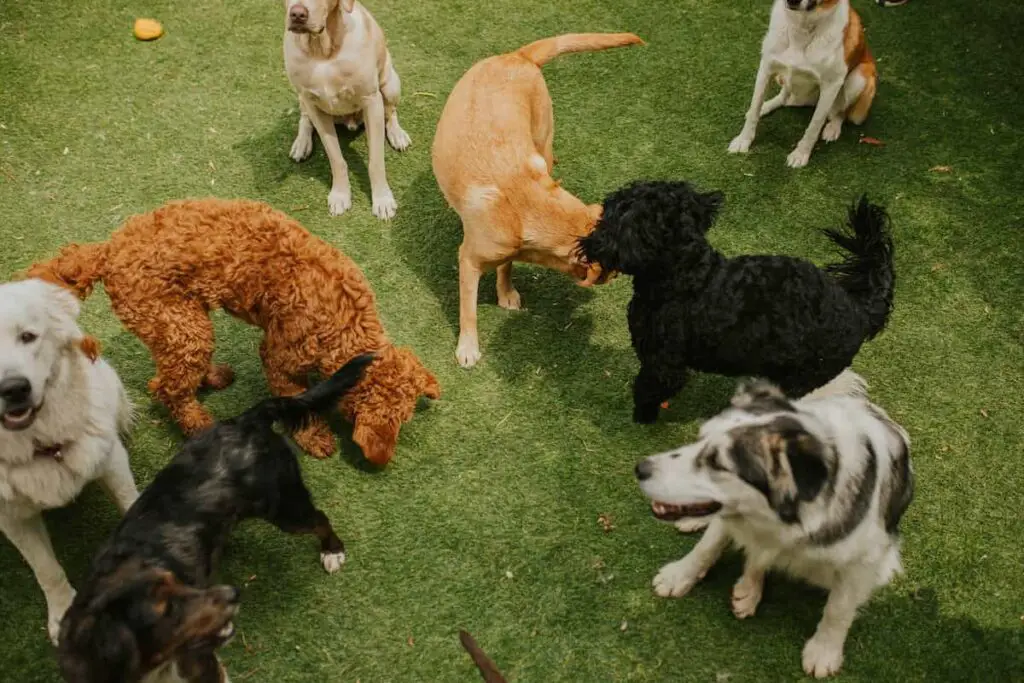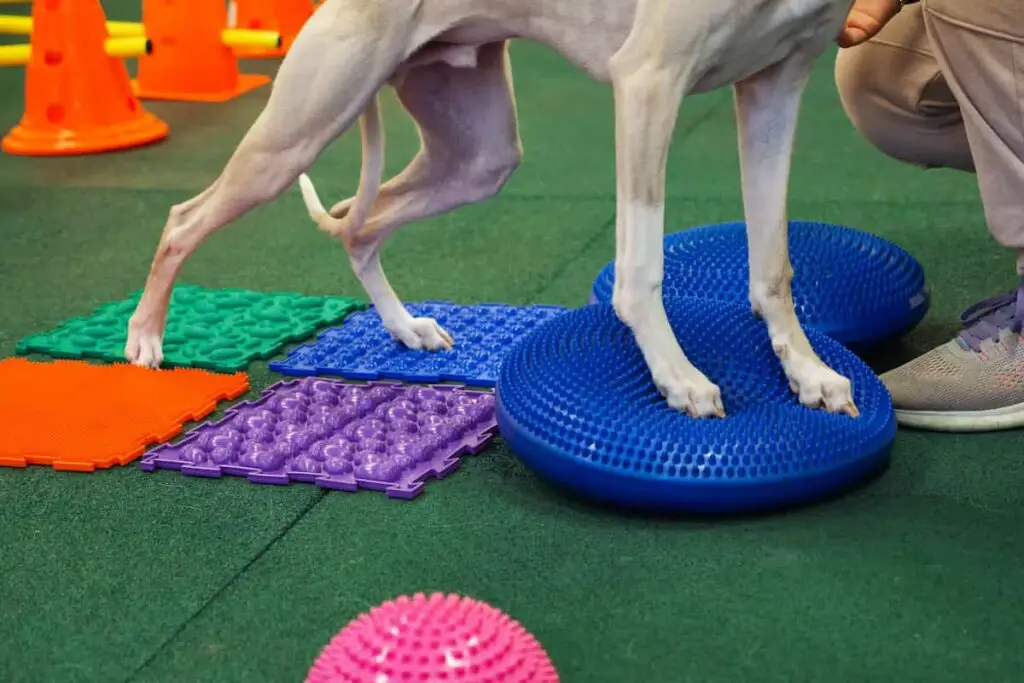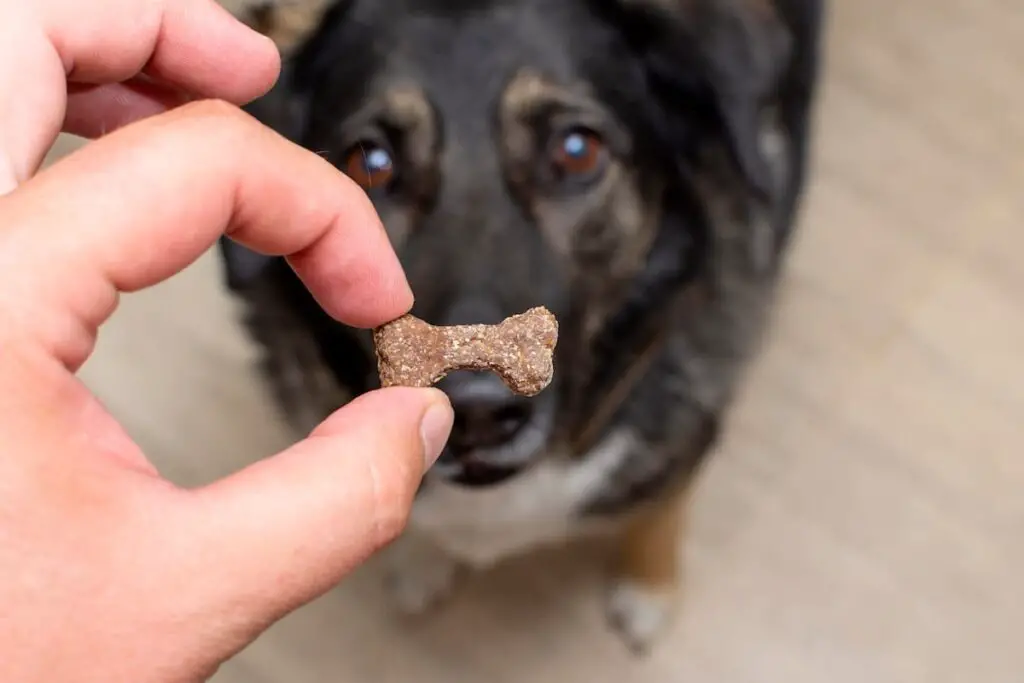Have you ever been snuggling your dog, gotten a kiss from them, and thought… “Oof, that smells terrible”?
Listen, we’ve all been there. Dogs have notoriously nasty breath. However, did you know that this normalized stink could actually be a sign of some pretty serious dental disease.
That’s right—dogs can suffer from dental disease too! If you aren’t regularly cleaning your dog’s teeth, there’s every chance their bad breath is an avoidable occurrence.
It’s not just bad breath you need to worry about, either. There’s plenty of reasons to look into dog dental cleaning. Let’s go over everything you need to know!
Do Dogs Actually Need Dental Cleaning?
A lot of people are skeptical about whether dog dental cleaning is actually necessary or not. So, does your dog need dental care?
The short answer? Yes. The long answer? Absolutely yes—and here’s why:
Dogs require maintenance to keep their teeth healthy the same way humans do. And while they don’t require it as frequently as we do, it’s still a vital part of their care!
Without consistent dental care, dogs can suffer all kinds of problems that can affect their overall health. One of the most common is bad breath.
It’s easy to dismiss the idea of putting the extra time and money into dental care for your dog—after all, what’s a little bad breath? (“Dog breath” is a term for a reason, right?)
Unfortunately, the problems don’t stop there. Health issues resulting from poor dog dental care can be as minor as bad breath and as severe as heart disease.
If you want to start getting your dog the dental care they need, but you’re nervous about high vet bills, don’t worry—there are plenty of things you can do at home to preserve your dog’s dental health!
Best Dental Tools for Dogs
The absolute easiest way to introduce dog dental care into your pet’s routine is to use a water additive.
This tool will offer the least amount of disruption in your and your pet’s day to day life.
Instead of a chew that your dog may or may not enjoy, or wrestling them down to brush their teeth, a water additive is as simple as can be.

All you have to do is add the recommended amount to your pet’s water, and…done! Their teeth are now protected from plaque!
Think of it as a doggy mouthwash. (And a kitty mouthwash, too—this additive works for all your furry family members!)
It also assists with bad breath and sore gums.
Of course, this isn’t the most thorough, detailed clean you can offer your dog. The absolute best way to go about dog dental care is to brush their teeth yourself.

There are plenty of doggy toothbrushes to choose from. Many are designed to lie against your finger so you can better navigate the nooks and crannies of your dog’s mouth.
If you’re hoping for a happy medium between the water additive and the toothbrush—or just want something else to boost your dog dental care regimen—you can invest in dog dental care treats!
These treats should be used sparingly…once a day, maximum. However, if you’re not eager to attempt actual brushing, or your dog won’t cooperate, these are a great alternative. They’re also a good way to supplement the water additive if you choose to go that route.

If you find your pet is uncooperative with your attempts to give them the dog dental care they need, you can always take them to the vet to discuss your options!
If the treats you choose don’t seem to be enticing your pooch, don’t worry—there are several different types of treats on the market. There are different types depending on your dog’s size, different flavors depending on their preferences, and more.
If your pet’s not a fan of peanut butter (but…what dog isn’t?), try something more meaty, like bacon or beef!
And, while it might not be a favorite flavor of most dogs…if you can get your pup to munch on a mint-flavored treat, their breath will improve considerably!
Training Dogs for Easy Dental Cleaning
Training a dog to do absolutely anything requires positive reinforcement in spades.
This is the exact same when it comes to dog dental cleaning!
One of the best ways to train your dog for easy dental cleaning is to sit down with a bag of treats, your chosen doggy toothbrush, and plenty of patience.
Take them through the process slowly, step by step, rewarding them each time they accept another step in the toothbrushing process without reacting poorly.
If the dog tries to bite or scratch, take a moment to reset, then try again.
It might take several tries—maybe even several sessions—before your dog is ready for the actual dental cleaning. That’s all right! It will eventually click, and once it does, the whole process will be much simpler for both you and your dog.
https://www.tiktok.com/@sftdnyc/video/7215997254631460138
Now, if you have a particularly nervous dog, this process can look a little different. You might even be better off allowing a vet to handle the dental cleaning in this case. Here’s what you can do if you have a nervous dog in need of dental cleaning…
How to Handle Dog Dental Cleaning for a Nervous Dog
Most dogs aren’t incredibly fond of having their teeth messed with. However, nervous dogs are especially likely to have negative reactions to any attempts to manually brush their teeth.
Even if your dog is not typically a biter, they may react out of fear or discomfort if you try to brush their teeth without any kind of conditioning or training.
Firstly, if you choose to go to the vet for your dog dental cleaning, make sure you let them know if your dog is anxious or reactive. It’s best for them to know ahead of time.
It’s possible that they may sedate your dog to complete their dental cleaning, particularly if they’re prone to reactive behavior. It’s safer for both your dog and the vet that way!

If you choose to handle the dog dental care yourself, a combination of water additive and treats might be best.
However, if you’re dead-set on brushing your dog’s teeth for optimal dog dental care, there are some things you can do to make it easier on both you and your nervous dog!
One good way to keep your dog from getting too stressed is to give them a break from cleaning every few minutes. If your dog starts to get agitated during the process of cleaning their teeth, back off and let them have a moment to calm down.
If you have a dog who’s “medium-sized” or smaller, you can employ a technique used by vets in their dental cleaning procedures: you can actually swaddle your dog!
By wrapping your dog up in a towel or blanket, you not only reduce the risk of them scratching you or wriggling away, but the swaddling has a similar affect on dogs that it does on babies. It can help them feel more secure.
Negative Impact of Poor Dog Dental Cleaning
As mentioned previously, there are several health detriments that can come along with poor dog dental cleaning.
Bad breath is the most common, along with gum diseases such as gingivitis and general tooth decay.
However, left untreated, poor dog dental health can lead to worse health problems. Most notably, untreated dental disease can cause heart infections or even mouth cancer.
It can feel at first like you’re taking on plenty of vet bills—or bills from shopping for dental tools—when you don’t really need to. After all, your dog seems fine right now. Why not wait until there’s a problem?
It’s always, always better to cut the problem off at the root, so to speak. By preventing more innocuous dental problems early on, you can keep your dog protected from far more severe health conditions down the road.
Vets are expensive. It’s a big commitment if you choose to take your dog to them for dental cleaning. However, this is the one way you’ll know for sure your dog’s teeth are in the hands of professionals…and if they end up suffering more severe health problems, those vet bills will only skyrocket much higher.
Dental Cleaning for Older Dogs
As your dog advances in age, dog dental care becomes even more crucial. An older dog is even more vulnerable to dental diseases and other health problems, so it’s important to keep up with their dental care.

If you have your vet handle your dog dental care, don’t delay when it’s time to take them in!
Keep a careful eye on your dog as they advance in age. Start checking their mouth thoroughly once every couple days, and make sure you’re monitoring their appetite.
A reduced appetite in older dogs can have many causes, but one common cause is dental issues. Often, if you can resolve whatever is causing your dog tooth pain, they’ll get their appetite back quickly!
Of course, older dogs will naturally have more sensitive teeth, regardless of how well you care for them. If your dog seems reluctant to eat even after checking for dental issues, try softening their food with some water or offering them canned food!
FAQs
Can I use any toothpaste for my dog?
While this is more common an assumption than you might think, the answer is no. Human toothpaste is toxic to dogs and cats—and pretty much any animal!
Stick to dental products made specifically for pets, including toothbrushes!
What should I look for when checking my dog’s teeth?
Keep an eye out for built-up plaque and tartar on your dog’s teeth. Also watch out for red or swollen gums, loose teeth, any sign of tooth decay (such as discolored spots near the gums or a reluctance to eat), or any sign of pus or growths in your dog’s mouth.
Protect Your Pooch’s Pearly Whites!

Once you’ve mastered whatever method of dog dental cleaning you choose to utilize, you can rest easy knowing your dog’s teeth are protected from damage!
For more tips on caring for your fur baby, visit our Dog Health blog post series!









